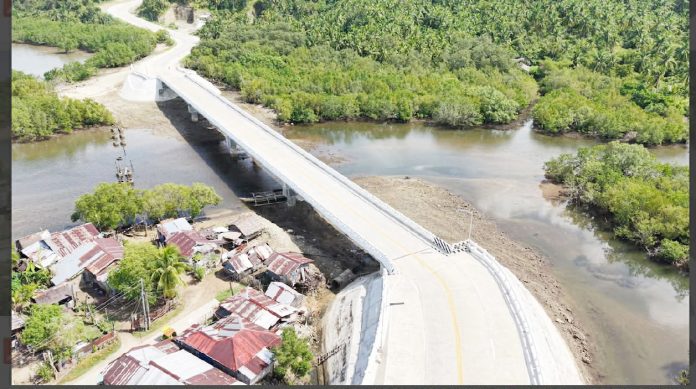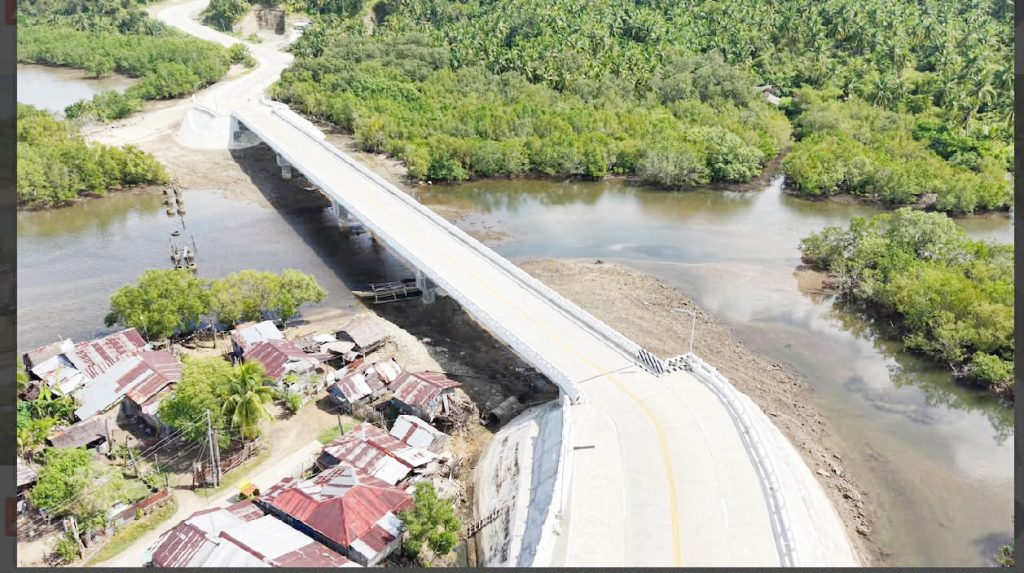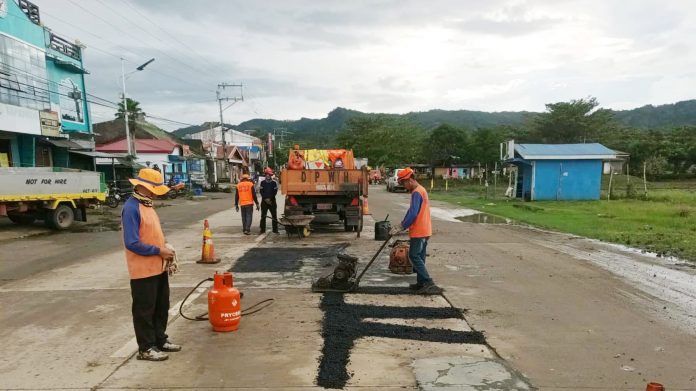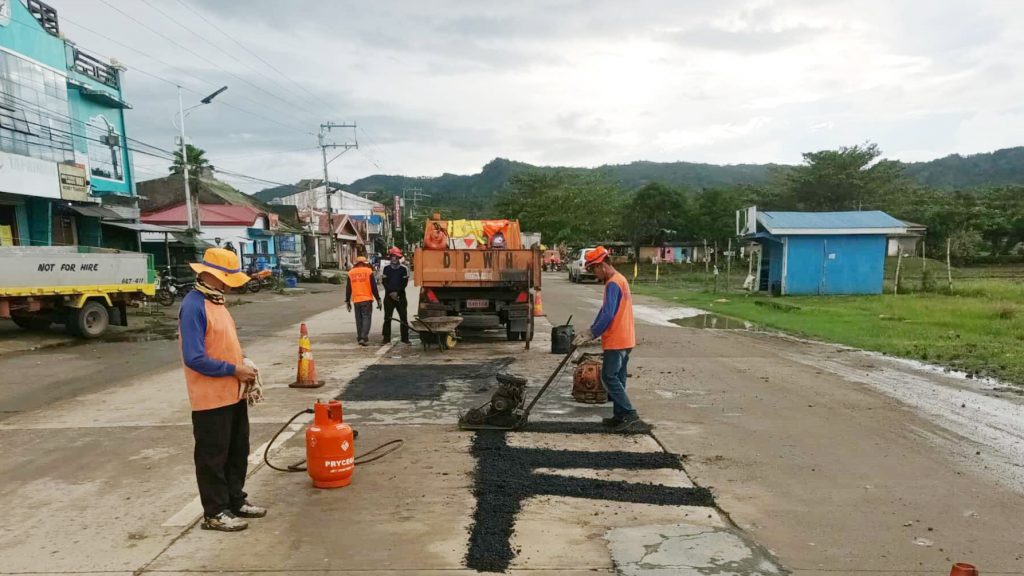First IPO and follow-on offering on GStocks PH fully allocated by AB Capital Securities Inc., despite being over twice oversubscribed.
Filipinos are increasingly enthusiastic about online platforms that make investing in the stock market more accessible and convenient. During the first Initial Public Offering (IPO) and Follow-On Offering (FOO) to be made available within the GCash app, demand surged, as GStocks PH investors took up more than Php 50 million in shares across both offerings.
The inaugural offerings, launched in October through the e-wallet’s new IPO and FOO subscription feature on GStocks PH, offered by broker AB Capital Securities Inc., marked a milestone for Filipino investors. On GCash, the Maynilad (MYNLD) IPO was oversubscribed by over 200%, and Megawide’s (MWIDE) Series 7 Preferred Shares FOO nearly 300%. For MYNLD, the original tranche of the brokerage’s allocation for the e-wallet was fully taken up within the first 12 hours. Even with the heightened demand, all GStocks PH orders placed for the two offerings were fully allocated by AB Capital Securities.
“These recent milestones show Filipinos are increasingly enthusiastic about exploring investment opportunities when provided the proper tools and access,” said Winsley Bangit, Group Head of New Businesses at Mynt, the parent company of GCash. “The encouraging response to the Maynilad IPO and Megawide FOO on our platform demonstrates that being able to invest and plan for a brighter future is no longer limited to a few.”
“AB Capital Securities is proud to continue innovating with GCash to bring the stock market closer to more Filipinos,” said Hazel Tanedo Tan, President of AB Capital Securities Inc. “Together, we’re ensuring that opportunities like IPOs and FOOs become increasingly accessible to every investor who wants to be part of the local growth story.”
“By bringing share issuances to a digital platform like GStocks PH, we’re driving greater retail participation and expanding the online investment experience for more Filipinos,” she added. “This helps AB Capital connect more investors with opportunities to grow their wealth and engage with the capital markets.”
The introduction of IPOs and FOOs on GCash, the country’s leading finance superapp and largest cashless ecosystem, opens a new way for listed companies to scale growth while directly strengthening access for individual investors.
“The recently concluded MYNLD IPO and MWIDE FOO on GCash set a strong proof of concept for future offerings. It underscores the potential of bringing investment opportunities directly to a platform millions of Filipinos trust and use every day,” said John Garcia, Head of Market Education for Wealth Management at GCash. “By simplifying what was once a tedious and uncertain subscription process into just four taps on GCash, we’re directly supporting a traditionally underserved segment of investors—everyday Filipinos.”
As of June 2024, the Philippine Stock Exchange (PSE) reported 2.86 million stock market accounts, with 99% belonging to local investors. For context, this accounts for just around 4% of the country’s roughly 70 million adults, underscoring the considerable potential for growth in retail investing.
GCash continues to enable broader stock market access with innovations aimed at a more inclusive and transparent experience. The fully digital onboarding process on GStocks PH eliminates manual paperwork and the need to use multiple platforms, comprising an entirely seamless experience from opening a trading account and funding it via the e-wallet to placing stock orders.
GStocks PH aligns the minimum investment requirement for share issuances with the boardlot—effectively lowering the minimum investment amount and reducing high capital requirements for ordinary Filipinos.
In addition, the in-app IPO and FOO meter on GStocks PH gives investors real-time visibility into available shares within the guaranteed allocation and instantly confirms their orders. This ensures that investors are guaranteed their subscriptions as long as the broker’s initial allocation is still available—setting GStocks PH apart from other trading platforms. If an offering becomes oversubscribed and demand exceeds the initial allocation, investors can continue to place orders through the app and will receive a notification confirming their final status at the end of the offer period.
Maynilad opened its common shares to the public for the first time last October 23 to October 29, enabling Filipinos to invest in the country’s largest private water concessionaire. Meanwhile, Filipinos also gained access to Megawide’s Series 7 Preferred Shares from October 30 to November 10, offering stable and attractive returns from the engineering and infrastructure leader.
With its recent GStocks PH innovations, GCash is making the stock market more accessible, inclusive, and transparent for everyday users. By introducing world-class access to wealth management, the e-wallet continues its mission to democratize investing, empowering millions of Filipinos to build their financial future with greater ease. (PR)




